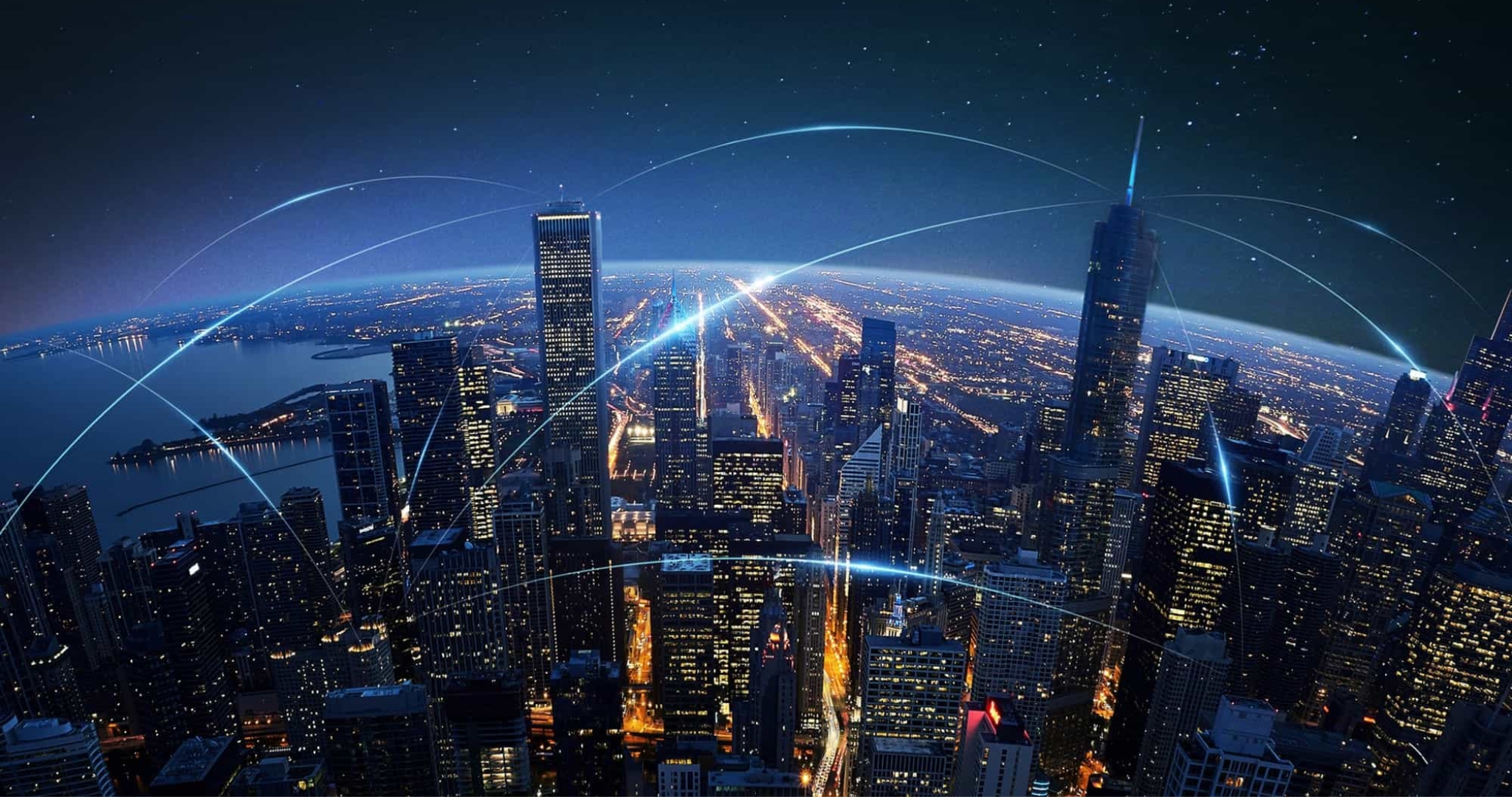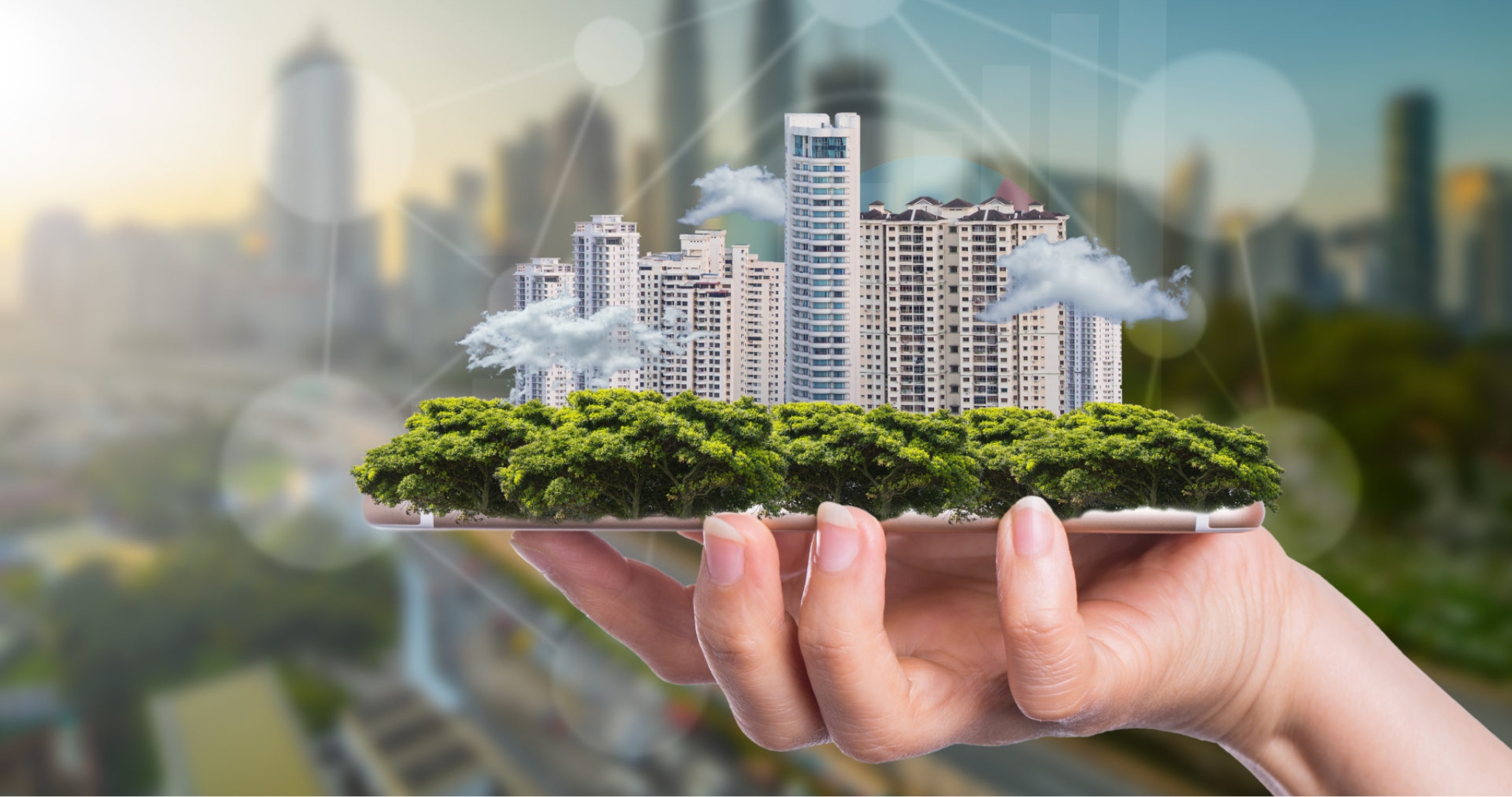
The concept of smart cities has gained significant momentum over the past decade, driven by rapid urbanization and the growing need for more sustainable and efficient living environments. Smart cities use cutting-edge technology, data analytics, and interconnected systems to improve the quality of life for their residents, optimize urban operations, and reduce environmental impact.
1. What is a Smart City?
- A smart city is an urban area that leverages digital technology to enhance the performance, well-being, and sustainability of the city. By integrating various IoT (Internet of Things) devices, sensors, and data analytics platforms, smart cities aim to improve infrastructure, public services, and citizen engagement.
- In a smart city, everything from traffic management and waste disposal to energy consumption and public safety can be optimized using real-time data. The ultimate goal of smart cities is to create a more efficient, livable, and sustainable environment that improves the quality of life for residents while reducing the city’s carbon footprint.
2. The Evolution of Smart Cities
- The idea of a smart city is not entirely new, but its rapid evolution in recent years has been made possible by advancements in technology. Here’s a look at the historical development of smart cities:
2.1. Early Beginnings: The Role of Technology in Urban Planning
- In the early 2000s, cities began using technology to streamline urban planning and improve the management of public services. Smart infrastructure such as traffic lights and waste management systems started to use sensors to gather data, allowing cities to optimize operations. However, the integration of smart technologies was limited, and many cities still relied on traditional methods for managing resources and services.
2.2. The Rise of IoT and Data Analytics
- The IoT revolution played a significant role in the evolution of smart cities. With the introduction of connected devices and sensors that can collect and transmit data, cities gained the ability to monitor everything from air quality and water usage to traffic congestion and energy consumption. Data analytics platforms began to process this data, allowing cities to make real-time decisions based on accurate and up-to-date information.
- For example, cities began using smart meters to monitor energy usage in homes and buildings, allowing for better management of power distribution and helping reduce energy waste. Similarly, smart traffic systems that use sensors and cameras to monitor traffic flow became more common, enabling cities to reduce congestion and improve the efficiency of public transportation.
2.3. The Integration of Advanced Technologies
- Today, smart cities are integrating more advanced technologies like artificial intelligence (AI), machine learning, and big data to further enhance their capabilities. These technologies enable cities to analyze vast amounts of data in real-time, predict future trends, and automate many aspects of city management.
- As the evolution of smart cities continues, technology will play an even larger role in transforming urban environments, making them more efficient, sustainable, and livable.
3. Key Features of Smart Cities
- Smart cities rely on a variety of technologies and systems to achieve their goals. Here are some of the key features of smart cities:
3.1. Smart Transportation
- One of the most significant aspects of a smart city is its transportation system. Smart transportation technologies help optimize traffic flow, reduce congestion, and make public transportation more efficient. Smart traffic lights use sensors and real-time data to adjust traffic signal timings, while autonomous vehicles are becoming increasingly popular as part of the smart city revolution.
3.2. Smart Energy Management
- In a smart city, energy consumption is carefully monitored and optimized. Smart grids allow for real-time monitoring of energy distribution, helping to prevent outages and improve the overall efficiency of the electrical system. Smart meters track individual energy usage, enabling consumers to make informed decisions about how to reduce consumption and save on energy costs.
- Furthermore, smart cities are increasingly adopting renewable energy sources such as solar and wind power, and battery storage systems help store excess energy for later use. This shift towards sustainable energy plays a crucial role in reducing a city’s carbon footprint.
3.3. Smart Healthcare
- Smart cities use technology to improve healthcare services and provide better access to medical care. Telemedicine allows patients to consult with doctors remotely, while wearable health devices monitor vital signs and send data to healthcare providers in real-time. Smart hospitals use AI-powered systems to manage patient records, predict patient needs, and automate administrative tasks, allowing healthcare professionals to focus more on patient care.
3.4. Smart Governance
- In a smart city, governance becomes more transparent and efficient. E-governance platforms allow citizens to access public services, pay taxes, and engage with local authorities online. This reduces bureaucracy and streamlines communication between residents and government officials.
- Additionally, open data initiatives provide citizens with access to information about the city’s operations, enabling them to make more informed decisions and participate in decision-making processes.
4. The Role of Technology in Shaping Smart Cities
- Technology is the backbone of any smart city, and its role extends far beyond just connectivity. Here are some of the technologies that are shaping the future of smart cities:
4.1. Internet of Things (IoT)
- The Internet of Things (IoT) is perhaps the most crucial technology behind smart cities. IoT devices, such as sensors, cameras, and connected devices, collect data and share it in real-time. This data is then analyzed to improve city services, monitor environmental conditions, and optimize resource allocation. For example, smart streetlights that adjust their brightness based on traffic and weather conditions help save energy and reduce costs.
4.2. Big Data and Analytics
- The vast amount of data generated by IoT devices in a smart city needs to be analyzed and processed. Big data and analytics tools enable city planners to make informed decisions based on real-time data. Whether it’s improving traffic flow, managing waste, or predicting energy needs, big data helps cities make smarter, more efficient decisions that benefit both residents and businesses.
4.3. Artificial Intelligence (AI)
- AI plays an essential role in smart cities by enabling automation and real-time decision-making. From traffic management and predictive maintenance to energy distribution and waste management, AI can process and analyze data faster and more accurately than humans. AI algorithms can also detect patterns and anomalies, helping cities predict and prevent potential issues before they occur.
4.4. 5G Connectivity
- The rollout of 5G technology is set to be a game-changer for smart cities. With faster speeds and lower latency, 5G will enhance the capabilities of IoT devices and enable real-time communication between connected systems. This high-speed connectivity will allow for seamless integration of smart technologies and enable the development of new services and applications that require real-time data transmission.
5. Challenges in Developing Smart Cities
- While the potential benefits of smart cities are immense, there are several challenges that need to be addressed:
5.1. Privacy and Security
- With the vast amount of data being collected by smart city systems, privacy and security become significant concerns. Cities must ensure that sensitive data is protected from cyberattacks and that citizens’ privacy is respected. Robust cybersecurity measures and clear data governance policies are essential to safeguard personal information and prevent breaches.
5.2. High Costs and Infrastructure
- The development of smart cities requires significant investment in infrastructure, including IoT devices, sensors, and data centers. Governments and businesses must work together to ensure that the costs of building and maintaining smart city technologies are sustainable in the long term.
6. Conclusion Smart Cities
- The rise of smart cities represents a new era of urban living, where technology is used to create more sustainable, efficient, and livable environments. With the integration of technologies like IoT, AI, and big data, smart cities are revolutionizing urban life and providing solutions to many of the challenges faced by modern cities.

- “In smart cities, AI-powered solutions are being implemented to improve urban living, from traffic management to energy efficiency.”
-
“Learn more about the Internet of Things in smart cities and how interconnected devices play a key role in enhancing city infrastructure.”
